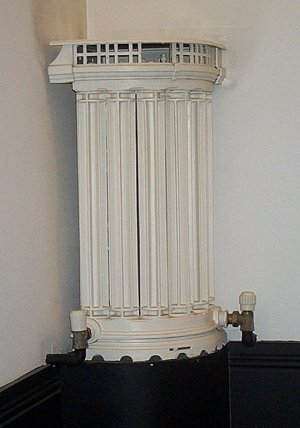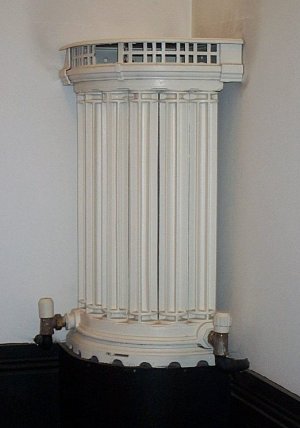
| The
Old
Library Cardiff |
| Known
as The Old Library this building in The Hayes Cardiff is
an excellent example of Victorian Architecture built
between 1880 and 1882 to the design of the Architects
James,Seward & Thomas. It was opened by the Mayor on
the 31st May 1882. The building was funded by a 1penny
rate levyed by the Council. An extension to the building
was soon considered necessary which was then built
between 1893 and 1896 by E Turner & Son the
Contractors and designed by the same Architects as the
original building. The building was the culmination of the efforts to provide a centre for the people of Cardiff providing facilities for a free library, museum and schools for science and art. |
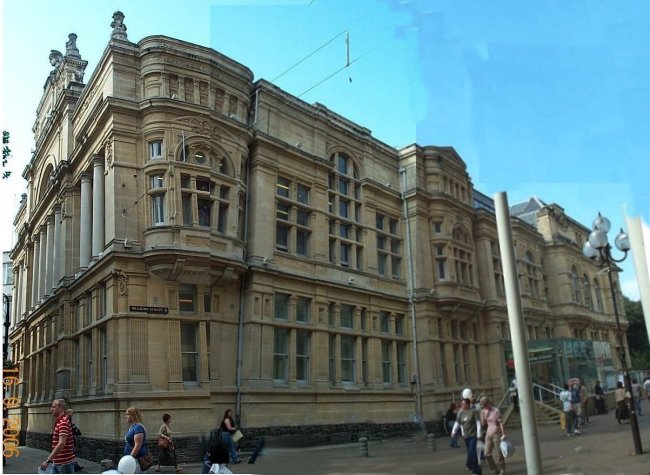
| The
heating system installed for the original library
building has long since been removed, but a thoughtful
decision to retain the original heaters was from an
engineering viewpoint a historically significant one.
These vertical tubed heaters are now a very rare item,
manufactured by William Graham of London.
The ground floor area now used by the Tourist
Information Centre, rear and tiled entrances and open
staircase are all still heated by these vertical style
heaters. |
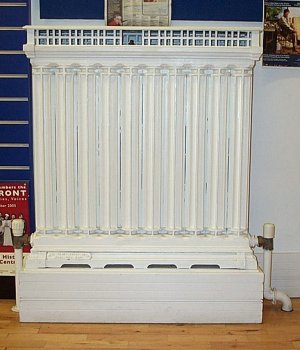 |
 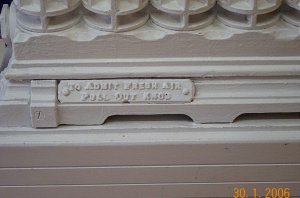 |
John Williams & Sons Cardiff
who we can assume were the installers of the original heating system.
| In the staircase are
the rarest of the William Graham pattern heaters namely
their quadrant shaped vertical heater. This pattern of
heater has only ever been found in the National Trust
property of Powis Castle. |
|
A
corridor lined with coloured and ornamental wall
tiles was built as the entrance to the Museum. This
corridor was suitably called the tiled corridor and
has a distinctive series of wall tiles depicting the
four seasons, and night and morning. The floor tile
appearance is deceptive as although they look like a
mosaic, they are simply ordinary floor tiles
impressed with coloured clay to give the appearance
of being a mosaic.
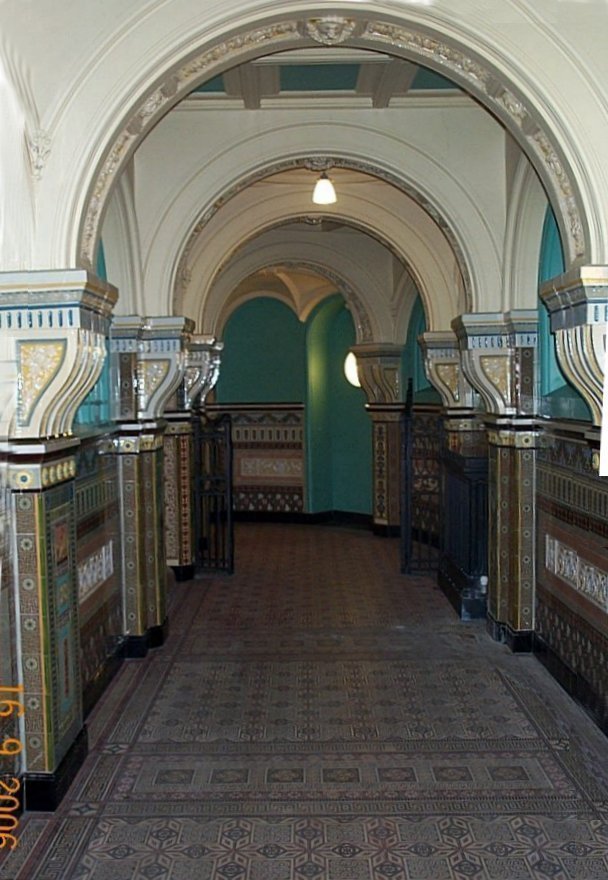 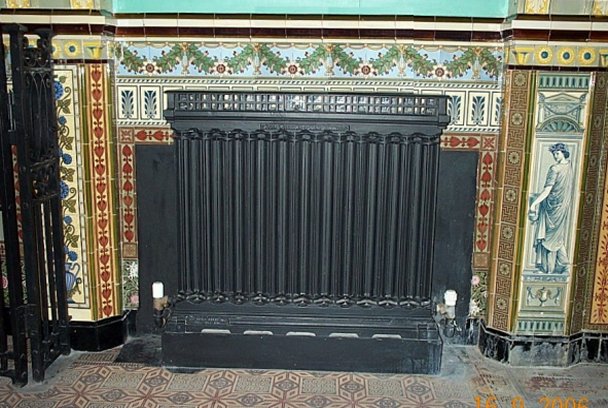 |
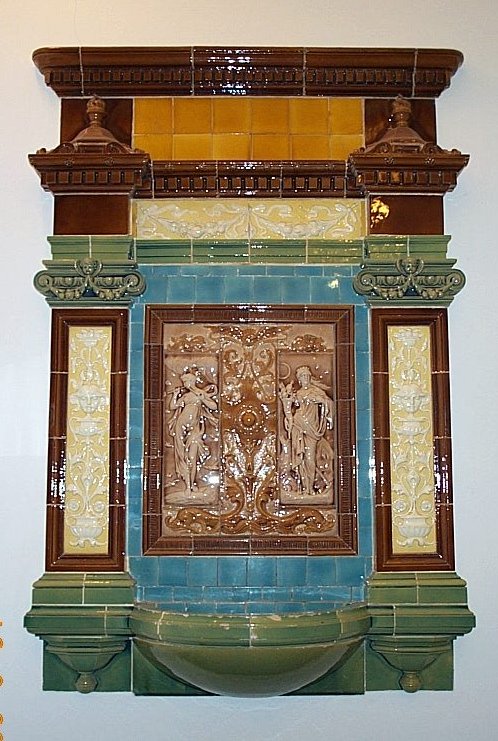 |
The extension was originally provided with two wall mounted highly ornamental and colourful tiled drinking water fountains located at ground and first floor level. When the Art Gallery was moved into the extension both fountains were moved into the corridor area of the original building. |
top of page
